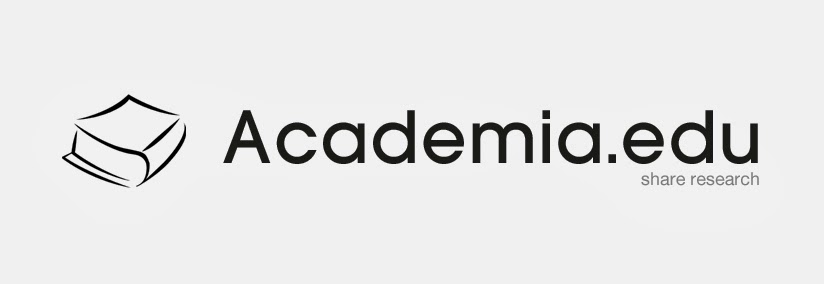The Effect of Economic Potential and Social Heterogeneity on Electricity Distribution By Government in Rural Indonesia from 2005-2018
Abstract
by the diversity of social identities, namely ethnicity, language, and religion. This
study aims to analyze the effect of diversity of economic potential and the diversity
of social identities on acess to electricity distribution provided by the government
in rural areas of Indonesia. The data source used is secondary data, which are
Badan Pusat Statistik (BPS-Statistics Indonesia) data on village potential, namely
Potensi Desa (PODES) in 2005, 2008, 2011, 2014 and 2018. The analysis used is
pooled cross section regression. The estimation results using Ordinary Least Square
(OLS) found as follows. The OLS estimation found in terms of social diversity, the
distribution of access to electricity outside Java is better than in Java. Meanwhile,
based on economic diversity and geographical barriers and accessibility, villages in
Java have better access to electricity than Non-Java.
Keywords
Full Text:
PDFReferences
Alesina, A., Baqir, R., & Easterly, W. (1999). Public goods and ethnic divisions. Quarterly Journal of Economics, 114(4), 1243–1284. https://doi.org/10.1162/003355399556269
Baldwin, K., & Huber, J. D. (2010). Economic versus cultural differences: Forms of ethnic diversity and public goods provision. American Political Science Review, 104(4), 644–662. https://doi.org/10.1017/S0003055410000419
Banerjee, A., Duflo, E., & Qian, N. (2012). On the Road : Access to Transportation Infrastructure and Economic. NBER Working Paper, 3(17897), 1–9.
Banerjee, A., Iyer, L., & Somanathan, R. (2005). History, social divisions, and public goods in rural India. Journal of the European Economic Association, 3(2–3), 639–647. https://doi.org/10.1162/jeea.2005.3.2-3.639
Banerjee, A., & Somanathan, R. (2006). The political economy of public goods: Some evidence from India. Journal of Development Economics, 82(2), 287–314. https://doi.org/10.1016/j.jdeveco.2006.04.005
Besley, T., & Ghatak, M. (2006). Public goods and economic development. Understanding Poverty, 1–33. https://doi.org/10.1093/0195305191.003.0019
Brenneman, A, & Kerf, M. (2002). Infrastructure & Poverty Linkages. A Literature Review’’, The World Bank, Washington,. http://ilo.org/wcmsp5/groups/public/---ed_emp/---emp_policy/---invest/documents/publication/wcms_asist_8281.pdf
Brenneman, Adam, & Kerf, M. (2002). Infrastructure & Poverty Linkages - A Literature Review. World Bank Report, 1–122.
Bros, C., & Couttenier, M. (2015). Untouchability, homicides and water access. Journal of Comparative Economics, 43(3), 549–558. https://doi.org/10.1016/j.jce.2014.12.001
Das, P., Kar, S., & Kayal, M. (2011). Religious minorities and provision of public goods: Evidence from rural West Bengal. IZA Discussion Paper, 6154.
Duflo, E., & Pande, R. (2005). DAMS. NBER Working Paper Series.
Gupta, M., & Pushkar. (2010). Ethnic diversity and the demand for public goods: Interpreting the evidence from Delhi. Economic and Political Weekly, 45(43), 64–72.
Habyarimana, J., Humphreys, M., Posner, D. N., & Weinstein, J. M. (2007). Why does ethnic diversity undermine public goods provision? American Political Science Review, 101(4), 709–725. https://doi.org/10.1017/S0003055407070499
Institute for Essential Services Reform. (2019). Akses Energi yang Berkelanjutan untuk Masyarakat Desa: Status, Tantangan, dan Peluang. Pojok Energi - Seri Diskusi, 11. http://iesr.or.id/wp-content/uploads/2019/05/Proceeding-PE-11.pdf
Jackson, K. (2010). Public Good Provision , Diversity and Distribution. 1–27. http://www.wlu.ca/sbe/kjackson
Jackson, K. (2013). Diversity and the distribution of public goods in Sub-Saharan Africa. Journal of African Economies, 22(3), 437–462. https://doi.org/10.1093/jae/ejt002
Jalan, J., & Ravallion, M. (2002). Geographic poverty traps? A micro model of consumption growth in rural China. Journal of Applied Econometrics, 17(4), 329–346. https://doi.org/10.1002/jae.645
Miguel, E., & Gugerty, M. K. (2005). Ethnic diversity, social sanctions, and public goods in Kenya. Journal of Public Economics, 89(11–12), 2325–2368. https://doi.org/10.1016/j.jpubeco.2004.09.004
Mineral, D. J. K. K. E. dan S. D. (2019). Statistik Ketenagalistrikan 2009-2018. Sekretariat Jenderal Ketenagalistrikan.
Schultz, T. P., & Strauss, J. (2008). Handbook of Development Economics Vol. 4 (First). Elsevier B.V.
Sunday, A., Adeola, O., Olabisi, A. S., Zaan, A. D., Joseph, A., Bamidele, R., & Elizabeth, O. (2019). Access to electricity and drinking water in the presence of ethnic diversity: Evidence from Nigeria. International Journal of Mechanical Engineering and Technology, 10(2), 1528–1545.
Vigdor, J. L. (2004). Community composition and collective action: Analyzing initial mail response to the 2000 census. Review of Economics and Statistics, 86(1), 303–312. https://doi.org/10.1162/003465304323023822
DOI: https://doi.org/10.21107/mediatrend.v17i2.14609
Copyright (c) 2022 Media Trend


















